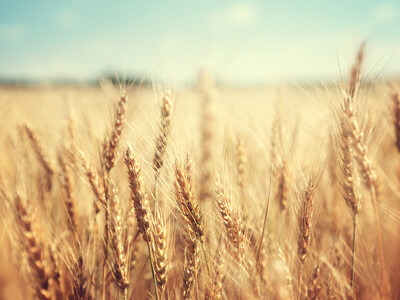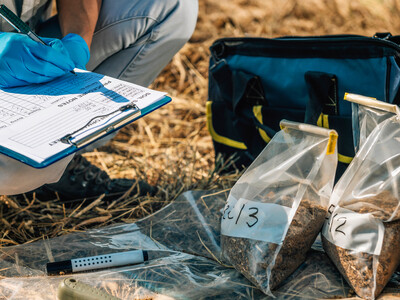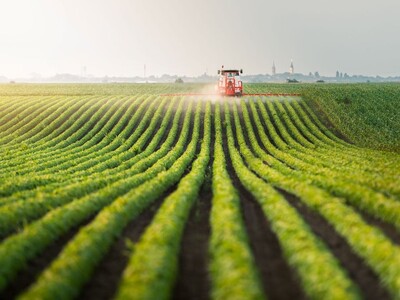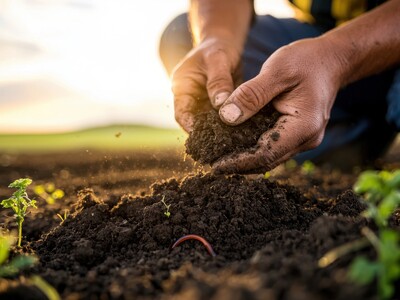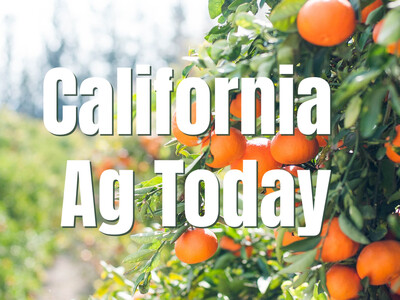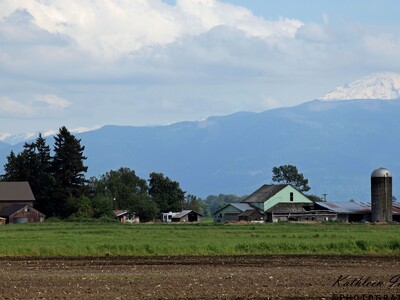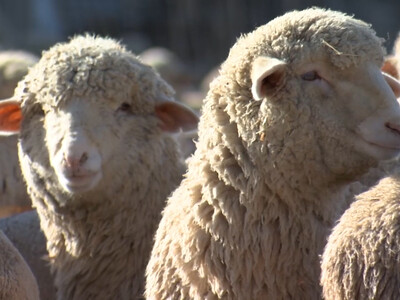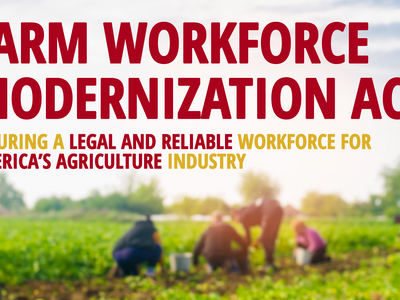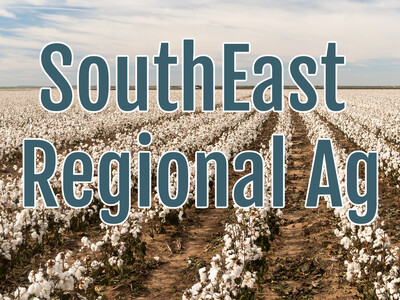Cultivating Climate Resistance
Texas ranchers Gary and Sue Price began noticing disruptive changes in the weather about 10 years ago, with dry periods getting drier and hot periods getting hotter. So they began making management decisions that would help their ranch adapt.Here is Dave Simeral of the Western Regional Climate Center "Unfortunately it looks like some of the wet weather is going to miss most of the severe drought areas in the southwestern US as well as in the southern plains."
As a result, when the crippling drought of 2011–2012 arrived, they were able to get by. Like the Prices, farmers and ranchers throughout the United States are looking for adaptation strategies as changes in weather make it more challenging to produce crops and livestock. SARE's newest publication, Cultivating Climate Resilience on Farms and Ranches, provides producers with an overview of strategies to manage the climate risk their operations face.
The Prices, for example, responded to hotter, drier conditions in Texas by adopting planned grazing to restore degraded soils and native tallgrass prairies, reducing herd size, leasing more land and experimenting with mixed cover crops. This approach reflects a key aspect of climate risk management as outlined in Cultivating Climate Resilience on Farms and Ranches. Rather than trying to rely on a single solution to threats posed by changing weather conditions, your farm or ranch becomes more resilient when you start thinking holistically about how to manage your land and business in the face of uncertainty. Download or order your free print copy of Cultivating Climate Resilience on Farms and Ranches, or call (301) 779-1007.




